Chilli (Pepper) Farming – A Complete Guide
Chilli farming in Kenya has been a profitable venture for decades.
As a member of the Solanaceae family, chili pepper is increasingly becoming a necessary household ingredient.
Their fresh, fleshy fruits are used for making sauces, in food seasoning, and in flavoring stews and soups.
The fruit produces a pungent chemical known as capsaicin. The pungency level is measured by a Scoville scale. Chili fruit is rich in Vitamin A, Vitamin B, Vitamin C, Iron, potassium, and magnesium.
Before you engage in farming chilli, you need to carry out extensive research and learn from other farmers to evaluate your requirements for the venture.
Tropic or sub-tropic climatic conditions are ideal for chili farming. Kenya in particular has a tropical climatic condition that favors this crop.
Contents
Varieties of Chilli Farmed in Kenya
The most common chili varieties in Kenya include;
- African Birds Eye Chili
This variety is a cultivar of the capsicum frutescent family. It is known to be the hottest chili variety in the world. The Birdseye is a perennial with greenish-white flowers. The fruits are small and pungent, often three or four at a node.
The Birds Eye chili plant grows to a height of up to 2 m. In a Scoville units scale, it measures approximately 80, 000 units.
- Cayenne
Cayenne chili farming is a rewarding venture because it takes a short duration to mature.
- Jalapeno
- Fresno
- Anaheim
- Rocket
- Short Bullet
Ecological Requirements for Chilli Farming in Kenya
Chilies require an altitude of 1,500m above sea level. They should be farmed in an area with sufficient sunlight. The optimum temperatures should be about 20-30 degrees Celsius. In Kenya, Kerio valley, around Lake Victoria, and the coastal region fall under the temperature range above.
They are warm-seasoned crops, making them sensitive to frost. Day temperatures above 30 degrees and night temperatures below 32 degrees are necessary for proper growth and a good fruit set.
High temperatures and low humidity may induce abscission of your Chili fruits, flowers, and buds.
If you want to maximize production, plant your seedlings on well-drained, non-acidic fertile soils with a pH of 6.5-8.5. The good thing about chili is that it can grow in a wide range of soil, provided you manage the soil conditions.
Chilies thrive in areas receiving rainfall approximately 500-1500mm per year. Excess rainfall can defoliate crops, lead to leaf shedding, and can cause rotting. In case of water deficits, your crops will exhibit stunted growth and fruit drops. Irrigation is highly recommended when rainfall is not enough.
Chilli Nursery establishment and management
You need to select a site with rich loosened soil to establish a nursery. Possibly an area protected from animals and is near a water source. The soil bed can be 3 meters by 1 meter by 20cm high.
Planting holes should be around 5 -7 inches apart and 1.5 cm deep.
Cover the nursery bed with mulch and water after sowing the seeds. Use of tray seedlings is recommended especially for hybrid seeds. The tray offers more uniform germination and growth.

Proper management of the nursery is paramount. Water at least twice per day with a rose shower can. You need to check the moisture content before watering.
When the seeds start germinating, create a temporary shade using grass mulch or net of about 50%. Regularly monitor your seedling for pests and diseases. Damping-off is a common nursery disease.
Germination is usually complete after 2 to 3 weeks. Your crop is ready for planting after 4 to 6 weeks.
Land Preparation for Chilli Farming
In a rain-dependent area, timely planting needs to coincide with the rainy season. An ideal location for a planting site should be close to a water source.
Efficiently plan your field to enable pest and disease control, crop rotation, and fertility maintenance. In sloppy areas, you should follow the contour rule while planting.
Plough and harrow your land in dry weather about 2 weeks before planting to get rid of perennial weeds.
Mix the soil with approximately 15kg of manure per square meter. Make sure that the soil is fine.
Prepare contour beds 1 meter-wide, leaving a pathway approximately 60 cm. Incorporate manure on the contours at 10 tons per acre. You can use DAP/TSP while planting depending on soil type.
Transplanting Chilli Seedlings
Transplant the seedlings after 4 to 6 weeks, when they are 5 to 10 cm long. You are advised to transplant during a rainy season or ensure proper irrigation before and after transplanting.
Spacing within beds depends on the soil nutrients and cropping period. Recommended spacing is as follows: 1m by 1m, 60cm by 45cm, or 60 cm by 45cm.
If you want to minimize the time spent after the first weeding, mulch your crop immediately after the rains.
Fertilizer application for Chilli
The application of fertilizer largely depends on the soil content. Up to 15 tons per hectare of compost manure may be applied to your farm before transplanting.
You can top dress your plants first when they are about 20 cm, then after for weeks for second top dressing. In alkaline soils, it is recommended to apply 50 kg of Sulphate of Ammonia per hectare. However, in acidic soils, you need to apply 40 kg of Calcium Ammonium Nitrate (CAN) per hectare.
Irrigation Requirements
Crop irrigation should be considered in areas receiving insufficient rainfall. Chili plants should be provided with adequate water that is well distributed throughout the season. Inadequate water leads to flower and fruit abortion.
Pests affecting Chillies
Common Chili pests are Cutwoms, thrips (Sciothrips Dorsalis), Aphids (Aphis Gossypii), False Codling Moth, and Red Spider Mites (Polyphagotarsonemus Latus).
Aphids
Aphids are soft-bodied insects that suck sap from plants. Nymphs and adults like succulent new growth. When they attack in large numbers, they can significantly weaken your plant.
Aphids are known to multiply quickly, therefore, you need to get them under control before they start reproducing. Controlling aphids is generally easy because they are slow.
This pest is tiny and is usually invisible to the naked eye. They have long antennae and a pear-shaped body. Aphids can be black, white, brown, light green, or even gray. Most species exhibit two cornicles projecting from their behind. They usually feed in large numbers, although they might occasionally travel to other plants to start a new colony or perhaps reproduce.
When your crop is damaged by aphids, you will notice a sticky substance that resembles honeydew. The “honeydew” is normally produced by insects as waste and can attract other insects. Occasionally, it leads to fungal growth known as sooty mold that gives branches and leaves a black appearance.
Control and Prevention of Aphids
Aphid infestation can be a menace if you fail to control them before they start reproducing. To get rid of aphids, you can spray cold water on the leaves. This insect can be controlled by merely a cool blast which gives them difficulty in finding their way back to the same plant. Mix the water with a few drops of liquid soap for effective results.
You can also get rid of aphids by applying horticultural oils, or neem oil according to instructions from an expert.
A non-toxic agent that has been proved by farmers to be most effective against aphids is Diatomaceous earth. This is an organic material that is harmful to pollinators too.
To prevent aphids efficiently, you need to practice companion planting. This prevents aphids from attacking your valuable plants by repelling or attracting insects.
More overtly, you can use alcohol to prevent aphids. To make an effective spray, you need to mix equal parts 70% alcohol and water. If the alcohol is more concentrated, increase the water content. When applying the spray on your plants, you are advised to test a small area first. Monitor the plants for a few days before applying the whole garden.
To get rid of aphids completely, you should spray your plants with insecticides
Cutworm
Cutworms appear smooth-skinned to the naked eye. They come in various species and colors. Most species are about 2 to 3 inches when mature. They are usually active at night.
Seedlings are more prone to cutworm infestation because the stems are more tender. Cutworms are known to curl their bodies around the plant as they feed on it. This causes the young plants to be cut off as they feed on stems.
Cutworms can cause serious damage to your crop.
Cutworms can be controlled by timely application of recommended insecticides in the afternoon for best control.
Introduce diatomaceous earth (D.E) on the stems of your chili plants. D.E is a natural powder that dehydrates the body of an insect in contact with the diatoms. You are advised to place D.E at the base of your plants out of reach from pollinators such as bees and butterflies. The pollinators are susceptible to the powder. Ensure regular weeding to destroy host plants. You should add organic matter to the soil to get rid of Root-knot nematodes.
Diseases that affect Chilli
Common diseases affecting Chili are as follows:
- Bacterial: rots and diebacks, bacterial wilts, anthracnose, and fusarium wilt.
- Fungal: Blights, mildews, and rust
Remedial measures to control disease manifestation include
- proper field hygiene and the use of certified seeds from recommended vendors.
- Practice crop rotation to avoid perennial diseases
- Remove affected plants that are either dead or stunted from the field.
- For fungal infections, you need to apply fungicides.
Weed Control in Chillis
You need to introduce mulching to your crops to minimize the frequency of weeding. Shallow weeding and roughing are recommended to reduce damage to stems and roots.
Chilli Yield Per Hectare
Chilli yields particularly depend on management. If your crops are well managed, a plant can yield up to 900 grams of fresh chili per year or about 300 grams of dried chili. Chilli Yields of 1,500 kg to 3,500 kg per acre can be achieved with proper management. It is advisable to effectively space your crops to ensure an efficient harvest.
Harvesting Chillis
Harvesting of Chili is mostly done by hand. The process is highly labor-intensive. The fruits are ready for harvest between 3 to 4 months after transplanting. You need to harvest all the red ripe chilies once they appear.
Picking of ripe fruits should be done early in the day, at least twice a week. Picking continues for 4 to 6 months. Ensure timely, continuous, and complete picking to optimize production.
Ripe Chili varies from 1cm to 3cm in size. You need to pick the chilies without the stalks.
Postharvest handling
Picking of Chilies should be done with clean buckets and cups. They are labor-intensive crops with high-quality requirements. Make sure that the pickers wash their hands with soap and sufficient water before and after picking. Packaging is usually between 30- 40 kg.

You are advised to dry your harvest in the open air on raised poly-sacks. Solar cabinets with an enclosure can also be used to maintain hygiene. Chili fruits should be dried to around 10% of moisture content.
After drying, Chilies should be kept in a covered basket or gunny sack and stored in a well-ventilated, dry store with minimum disturbance to maintain pungency. The procedures carried out during drying and grading should be kept at high standards.
Before transport packaging, it is recommended that the chilies are packed in non-collapsible crates or containers that allow adequate air circulation. The crates should be kept in a cool environment, and stacked not more than ten boxes high to avoid damage.
Market
The chili market is ready both nationally and internationally. Usually, the market demands a high-quality and consistent product. You are advised to get insights from an experienced farmer or an expert. This will help you understand the requirements of the market in terms of quality, quantity, and period.
The growing demand on regional and national markets can manifest itself in two ways. On one hand, Kenyan and East African consumers can increasingly buy whole chilies. However, it is known that whole hot chilies do not fit the diet preferences hence are not sought after. On the other hand, chilies can be used in further food processing and blended with other spices.
In Kenya, Chili production does not satisfy the market demand. Farmers have a pivotal role in shaping the value chain in the Chili market. Farmers who are interested in the value chain but are sparsely populated find it difficult to transport their produce to the collection centers for export.

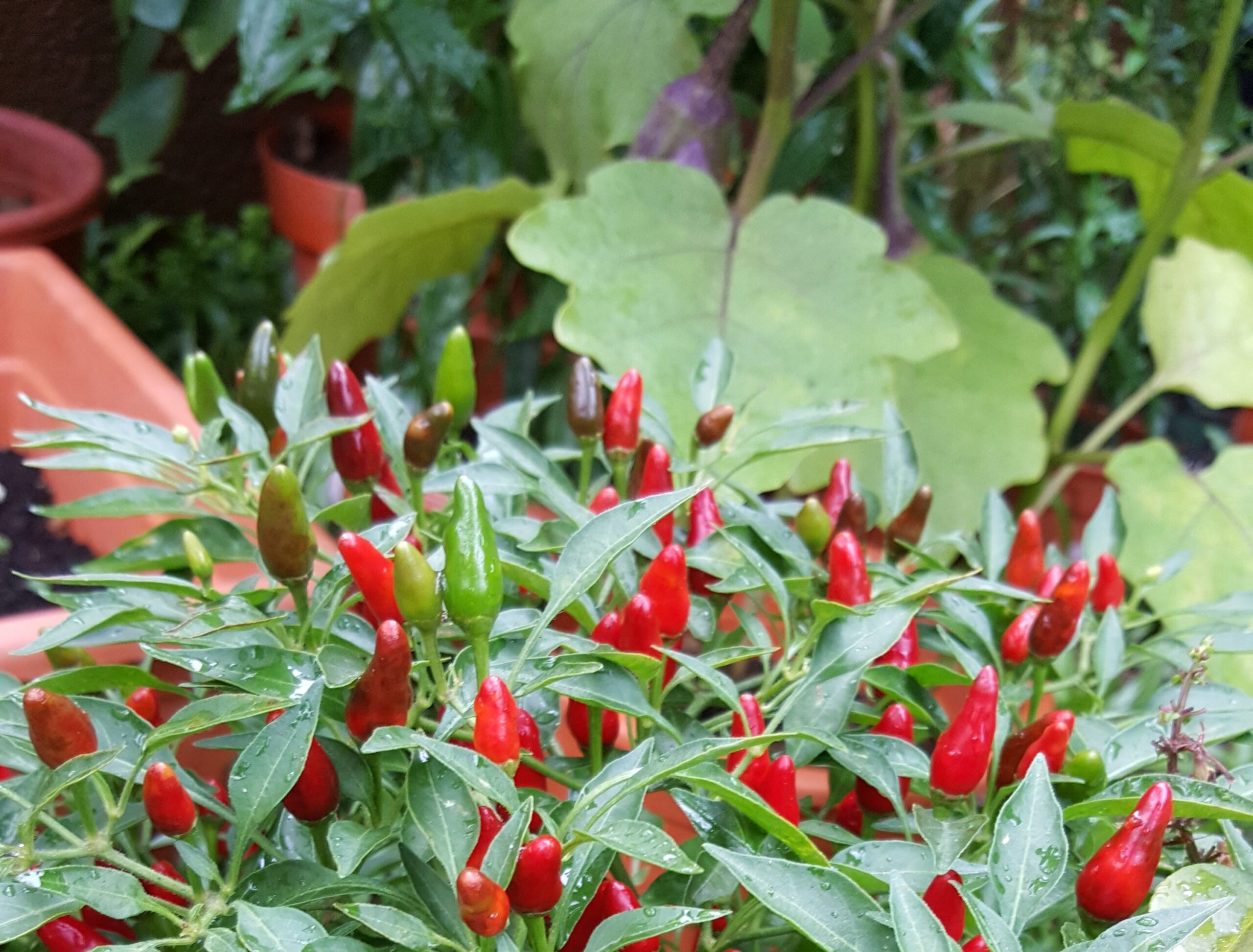
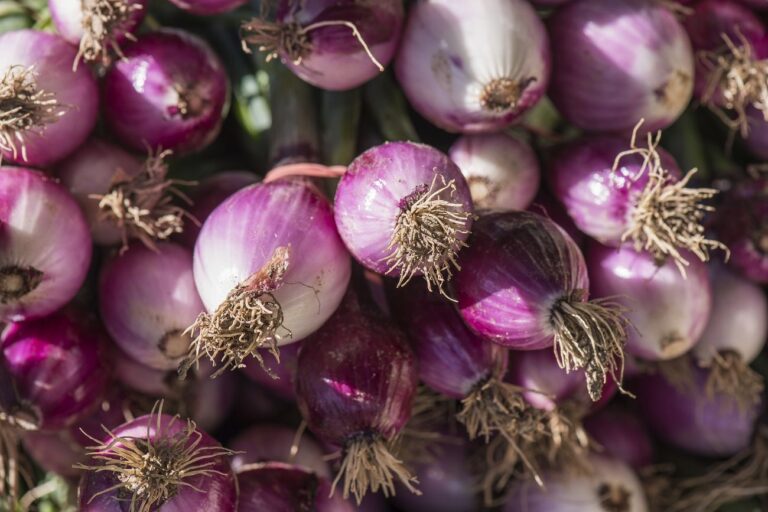
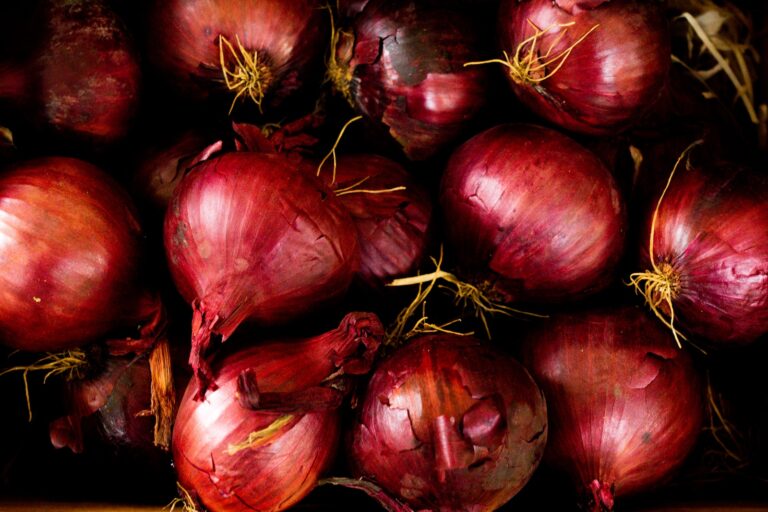
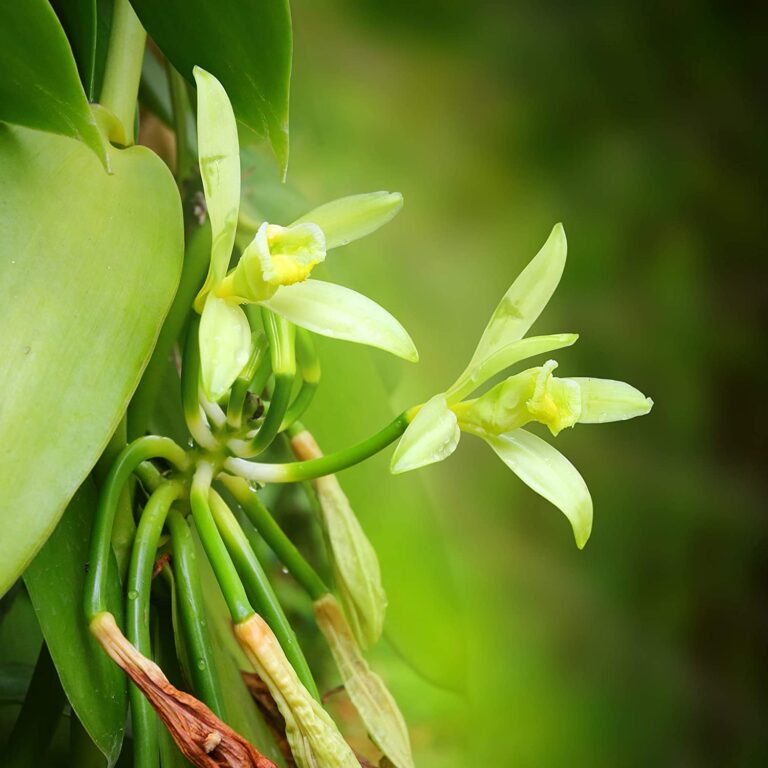
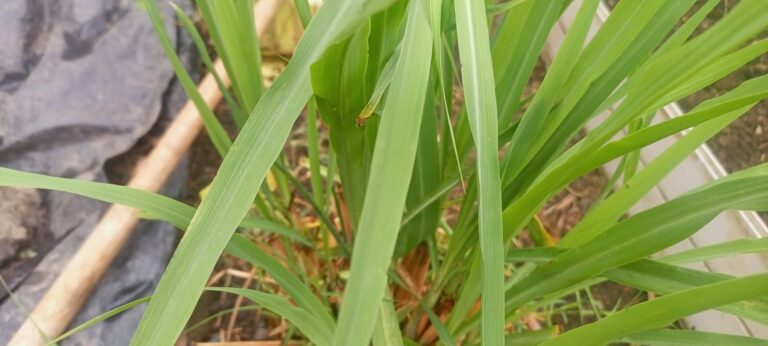

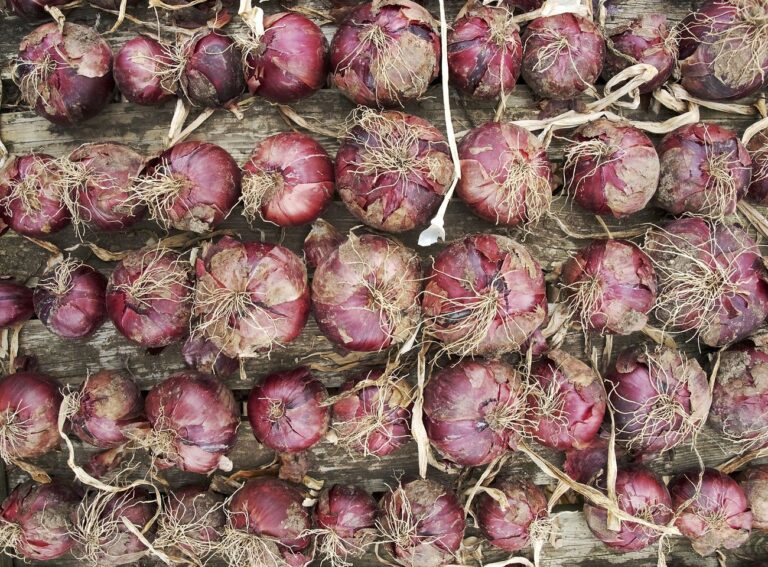
Daisy the post highly appreciated and is rich in information. I have gotten most of the information
I required to enable me decide on the way forward. One thing was not clear on the presentation
that is how season will continue harvesting before planting a new crop.
I am glad to find this article. I am researching on chilli pepper farming with the intention of farming it on a half an acre of land. Thank you for the info.
How ready is the market and what type of chilli is marketable is a big question too.
I’m interested in farming at kericho county. I’m a young farmer.
Thankyou for this article. Let us know how many ratoon s before plant completely destroyed.
Can I grow chilli successfully in Kiambu, Central Kenya
i want to know the chilly buying companies, I want to start farming
Am Lucas and am interested to grow chillies on a half an acre land, can I get a ready market